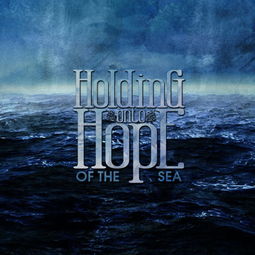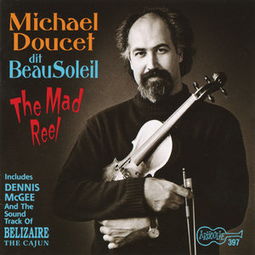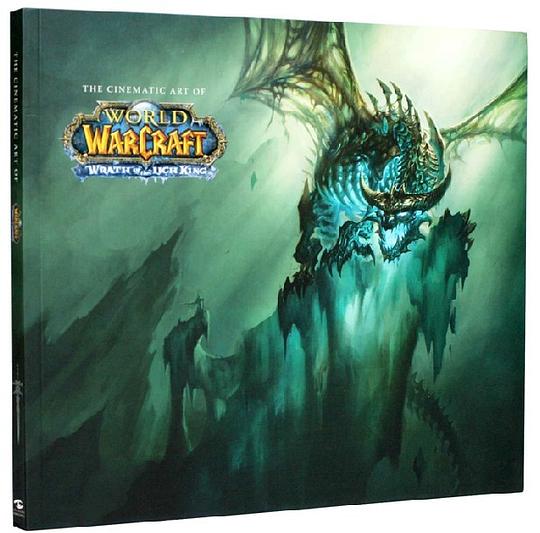Content:
Fishing, an ancient pastime that has stood the test of time, continues to captivate anglers worldwide. Whether you are a seasoned fisherman or a beginner, understanding fishing tackle diagrams is crucial for mastering the art of fishing. These diagrams provide valuable insights into the various components of fishing tackle and their functions. In this article, we will explore how to interpret fishing tackle diagrams and enhance your fishing skills.
Introduction to Fishing Tackle Diagrams
Fishing tackle diagrams are visual representations of fishing tackle components, including rods, reels, lines, hooks, lures, and other accessories. These diagrams help anglers understand the proper setup and usage of fishing tackle, ensuring optimal performance and results.
Understanding the Rod
The rod is the backbone of your fishing setup. It connects the angler to the fish and plays a crucial role in transferring energy to the lure or bait. Here's how to read a fishing rod diagram:
Length: The length of the rod indicates its versatility and casting distance. Longer rods are suitable for casting over long distances, while shorter rods are ideal for close-range fishing.
Action: The action of a rod refers to its flexibility and bending characteristics. Fast-action rods are stiffer and more sensitive, while slow-action rods are more flexible and forgiving.

Power: The power of a rod determines its strength and ability to handle heavy fish. Light-power rods are suitable for small fish, while heavy-power rods are ideal for large fish.
Interpreting the Reel
The reel is responsible for storing and retrieving fishing line. Here's how to decode a fishing reel diagram:
Type: Reels come in various types, such as spinning, baitcasting, and fly fishing reels. Each type has unique features and is suitable for different fishing styles.
Gear Ratio: The gear ratio indicates how many revolutions the spool makes for each turn of the handle. Higher gear ratios are suitable for fast retrieves, while lower gear ratios are ideal for controlling larger fish.
Line Capacity: The line capacity of a reel shows how much line it can hold. Ensure that the reel's line capacity matches the type of fishing line you plan to use.
Reading the Line
Fishing line is the medium through which the angler communicates with the fish. Here's how to understand a fishing line diagram:
Material: Fishing lines are made from various materials, such as monofilament, fluorocarbon, and braided lines. Each material has its advantages and is suitable for different fishing conditions.
Diameter: The diameter of the line affects its strength, visibility, and casting distance. Thicker lines are stronger but more visible to fish, while thinner lines are more delicate and less visible.
Analyzing Hooks and Lures
Hooks and lures are the lures that attract fish. Here's how to interpret a hook and lure diagram:
Size: The size of the hook and lure depends on the type of fish you are targeting. Larger hooks and lures are suitable for larger fish, while smaller ones are ideal for smaller fish.
Shape: The shape of the hook and lure influences the way they move in the water, which can attract different types of fish. For example, spinnerbaits have a spinning blade that creates a flash, while crankbaits mimic the movement of prey.
Accessories and Add-ons
Fishing tackle diagrams also include accessories and add-ons that can enhance your fishing experience. Some common accessories include:
Sinks and floats: These help control the depth at which your lure or bait travels.
Split rings: These are used to attach lures and hooks to the line.
Swivels: These prevent line twist and tangles.
Conclusion
Understanding fishing tackle diagrams is essential for any angler who wants to improve their skills and achieve better results. By decoding these diagrams, you can choose the right tackle for your fishing style and preferences, ultimately leading to more successful fishing trips. So, next time you're at the tackle shop or planning your next fishing adventure, take a moment to study the diagrams and make informed decisions about your fishing tackle. Happy fishing!












